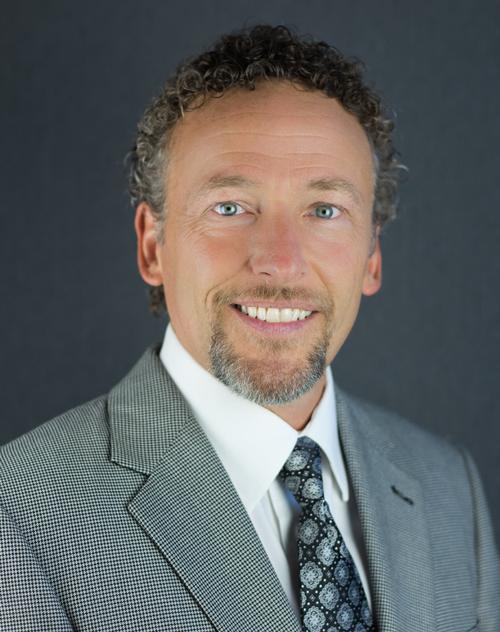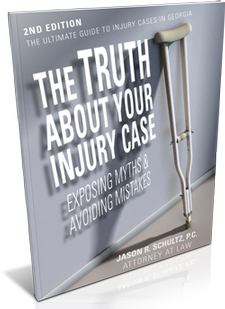Like adults, when a child has been involved in a traumatic accident, he or she can develop post-traumatic stress disorder (PTSD). It’s important that parents know the signs of PTSD in children because without treatment, the condition can cause major emotional issues and impede a child’s happiness and healing.
What is post-traumatic stress disorder?
Not all episodes of stress reactions are considered PTSD. Reactions such as nervousness, jumpiness, sweaty palms, etc. from time to time are normal. PTSD develops when the negative feelings such as fear, helplessness, and terror interfere with daily life and linger for a long period of time after the accident.
"’Post-traumatic stress disorder’ is the name given to stress reactions that are so severe that they get in the way of normal life and last for more than one month. Up to one in 10 people develop PTSD sometime in their lives. It's very common,” explains pediatrician Flaura K. Winston, MD, PhD on Medscape.com.
Symptoms of PTSD in Children
Children’s symptoms of PTSD after an accident differ from adults’, and the symptoms don’t necessarily develop right away. Sometimes they show up within hours after the accident, but in other cases, children don’t start to develop symptoms until weeks or months later.
Children who develop PTSD may begin reliving the accident. Some children begin reliving and re-experiencing the event in their minds. They may have flashbacks and nightmares, and when they recall the accident, they can develop physical stress symptoms (rapid heartbeat, sweating, nausea) as if they were actually reliving it.
Another symptom of PTSD in children is avoiding any reminders of the incident. If the child was in a car accident, for instance, he or she may panic or refuse to get in the car, or jump when a car door slams. A kid may refuse to talk about the accident, become detached, or forget parts of the event.
There are numerous physical and emotional signs that can point to PTSD. If you notice your child developing some of the following symptoms, take him or her to a physician for an examination.
- Emotional numbness and listlessness
- Avoiding social situations
- No longer engages in play
- Difficulty sleeping and concentrating
- Easily irritated or angry
- Aggressive behavior, such as tantrums in younger children
- Hypervigilance
- Exaggerated startle response
- Physical symptoms of stress, such as headaches and stomach aches
- Regressive behaviors, such as bedwetting or thumb sucking


